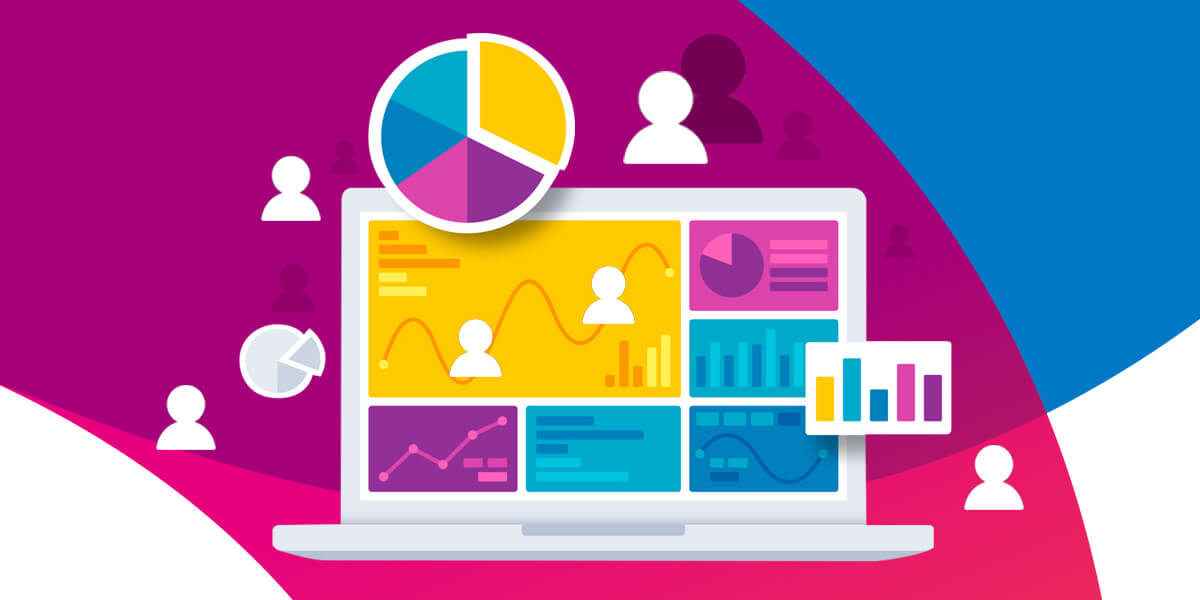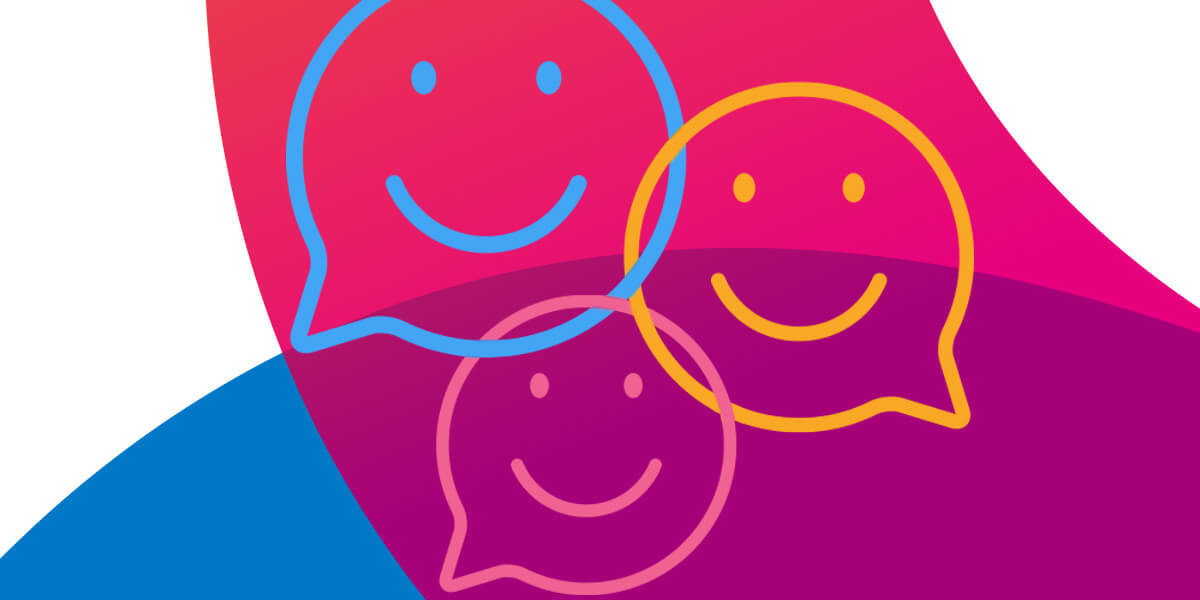The HR data analytics you collect from your HR software is vital to running a successful HR department. It’s essential to keep on top of your data and make sure it is regularly updated. That way, you have the reassurance that any reporting you do will be accurate. In this blog, we explore what HR data analytics is along with the top metrics you should be analysing.
What is HR data analytics?
Before you can understand HR data analytics and what that data is telling you, you need to understand what HR data analytics is in the first place. HR data analytics is also known as ‘People Analytics’ and ‘Workforce Analytics’. The CIPD define HR data analytics as, “People analytics is about analysing data about people to solve business problems”.
A further definition comes from an academic research paper entitled, “An evidence-based review of HR Analytics”, which was published in The International Journal of Human Resource Management. That paper defines HR data analytics as, “a number of processes, enabled by technology, that use descriptive, visual and statistical methods to interpret people data and HR processes”.
How are HR data analytics used?
HR data analytics is used in various ways. Some businesses will use the data to solve problems, some will use it for benchmarking purposes, while others will make use of the data to inform decision making and planning. As long as the data is collected and stored correctly, then it can be analysed and assessed to provide some really useful insight into a business’ people.
In order to collect and store the data, an organisation will typically use some form of HR software system, such as HRX, in which each employee will have their own record. That record then has a range of fields to gather data about the employee, from their name and age, to their absence record, skills and qualifications. Once data is in a HR software system, then it can be readily reported on and presented in a range of ways so that it can be evaluated and interpreted.
What HR data do you need to analyse and understand?
There will be a plethora of people data in your HR system, so choosing what to look at is important. You should have a clear focus and purpose for your data analysis otherwise you could waste hours going down data rabbit holes that lead nowhere and tell you nothing. Typically, most businesses will look at some core data which then enables them to have a real picture of what is going on and allows them to then formulate plans. Some core piece of data you should track include:
Sickness Absence
Sickness absence is an issue for many business and last year cost the UK economy over £20 billion. With that in mind, it’s vital that a company records and reports on sickness absence. The HR data analytics that a sickness report provides will show a number of things. It will highlight individuals who have regular periods of short term absence, it will show if there are issues of sickness absence in particular teams or departments which may then lead onto further investigation to assess the root cause.
Sickness data will show if absence is being managed effectively and if support or interventions are needed, as well as providing information that is then used to support disciplinary processes if sickness absence triggers have been hit.
Retention
Based on figures from their own survey of over 500 employers, the employee culture and wellbeing website Make A Difference gives the average employee turnover rate for 2022 as 33.6%, with an estimated figure of 35.6% for 2023. Employers are therefore losing staff at an alarming rate.
By using HR data analytics though, you can get ahead of this. Regular reporting on staff turnover will demonstrate overall retention rates and will also show if there are pockets of a business in which turnover is higher than others. This will then inform discussions around the reasons for retention issues and measures can then be put in place to reduce turnover.
Training
Training information probably isn’t the first thing that springs to mind when you think about HR data analytics, but it can be a really powerful source of information that enables business growth, promotes staff development and also ensures compliance. By having readily available staff training and skills data, a business has the ability to manage projects and workstreams better as they know which staff have the right skillset and if additional support is needed who can be drafted in.
By evaluating staff training data, a business can also see where there are gaps and this can then lead to staff development to upskill people and provide them with the training they need. A business may also have mandatory training or training which needs to be regularly refreshed to ensure compliance with regulatory guidelines. Again by using HR data analytics, you can see if gaps exist and if training is coming up for renewal so that staff can be booked on courses in order to maintain compliance.
Workforce Data
This is a huge area of HR data analytics and can be used for exploring and studying all sorts of employee data. You may want to look at the age profile of your staff so that you can undertake a succession planning exercise if your workforce is aging. As a business, you might want to understand more about the diversity of your staff so you could look at the gender and ethnicity of your workforce, and then benchmark that against other similar companies.
Organisations will also use workforce data to look for trends or patterns in the make up of their employees. Furthermore, it might be that you want to carry out a pay review across the business and your HR data analytics will show in graphs, charts or other representations how much everyone is paid, what the average salary is, if there are differences between genders and a whole host of other data that can then be scrutinised further as needed.
How can HRX help with your HR data analytics?
HRX enables your business to have your HR data analytics at your fingertips. Line managers have an employee dashboard with a range of staff information on screen, and there are built in sickness reports. You can also run a master report to look at whatever data you like and then sort and filter it to suit your specific needs.
Why not try it out for yourself by signing up to our FREE 30 day trial? Or feel free to contact our friendly team today for more information.




